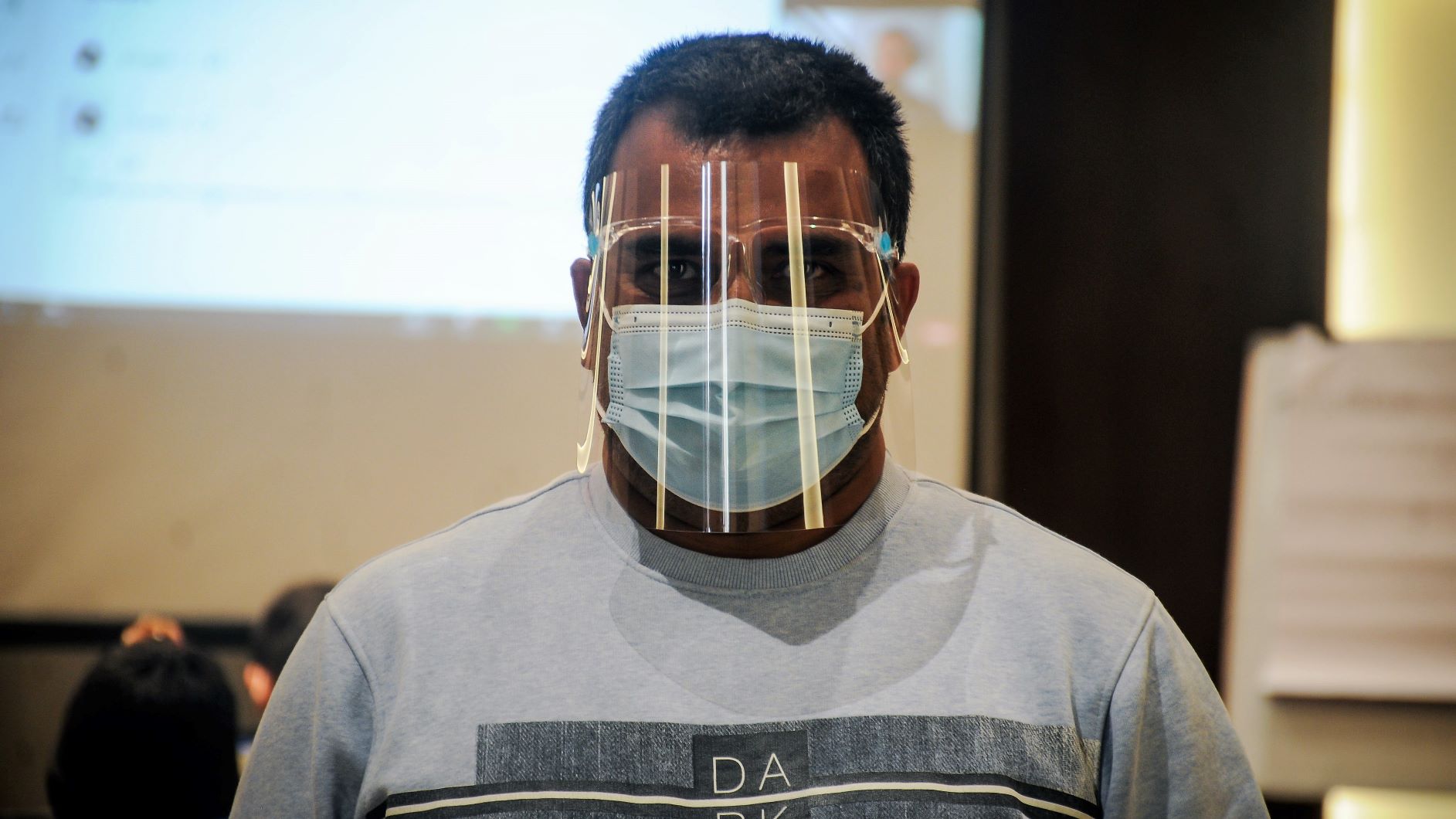September 23, 1984: Nepal won the football gold in the First South Asian Games (SAG) defeating Bangladesh 4-2 in the final. Three years later, Nepal lost to India in the SAG final. In 1999, Nepal reached the final once again, this time against Bangladesh, who won the title in a much competitive match held in Kathmandu.
Fast forward to 2010. Nepal’s football campaign ended with the lone win against Bhutan in the 11th SAG. Nepal was not even considered a title contender during the games. Until a decade ago, Nepal’s football was as strong as that of any other team in the South Asian region.
Now, a win against Bangladesh, Maldives or India would be considered a surprise result.
December 23, 2010: Nepal women football team reached the final of the inaugural South Asian Football Federation (SAFF) Championship losing to India 1-0 in a competitive match. A few months earlier in the 11th SAG, the women have won the silver failing only in the match played against India. During both those tournaments, Nepal proved to be very strong against other teams of South Asia.
What will happen after a decade or so? Will Nepali women continue to be dominant in the region or they will fade away just like their male counterparts? This is not a million-dollar question because the answer is so simple: if we do nothing to develop the nation’s women football by introducing proper plans and programs with long-term visions, the history will be repeated.
What I am also implying here is that Nepali football’s downward slip is because of lack of plans and programs to improve it, or, at least, due to the failure to implement existing plans as the football’s governing body, All Nepal Football Association (ANFA), have only been a battleground for personal and political egos time and again.
Talking about women’s performance, I believe that the success is more because of the experience of the players who have been playing football for many years. Take Jamuna Gurung, who scored 10 goals in SAFF tournament. She has been playing for last one-and-half decades. Most of the other players are from Armed Police Force (APF) that employs them to play and therefore they get enough regular practice playing domestic tournaments which helps them keep fit and in good form.
Apart from India, the other participating countries in both SAG and SAFF are Islamic nations where it’s not easy for women to get into the ground. Players from Pakistan, Maldives and Afghanistan competed in the SAG with body-covering outfits. For them, to play itself is a victory to begin with.
In contrast, Nepal has a long history of woman football because it has been a part of the national games since decades. Rama Singh was already a household name much before she started appearing on television. However, the woman football lost its glory over the time, but started regaining its popularity again after regional events began to happen more frequently.
If someting is not done to uplift women football, in a few years, other nations will progress and we will be overtaken. That’s exactly what happened with the men’s football. Bangladesh, Maldives and Pakistan began to upgrade their football with professional approach and now they are more competitive and have a more solid money-churning domestic structures than ours. They are able to lure foreign players, build more infrastructures and advance their football while we are still finding it hard to organize domestic tournaments and instill professionalism. Hadn’t we lost a decade in nasty ANFA conflict and focused on development, we would have been on equal footing.
Right now, ANFA is at peace. The sport body should be able to chart out the future of women’s football. I hope they will not just stop at honoring the players with garlands at the airport and clap hands, but also come up with programs to develop women’s football by increasing the base of players, introducing events at all levels around the country and providing training opportunities. If ANFA matches the enthusiasm and hard work of the women players, the results will surely continue to be glorious.
(As published in Republica national daily)

